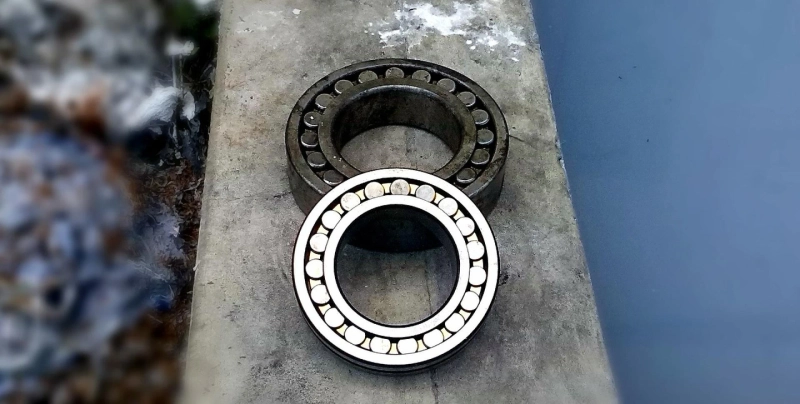Bearings reduce the friction. When metal upon metal contacts, it produces large amounts of friction. The friction adds to the wear and tear of metal that slowly degrades the metal. Bearings reduce friction as they have two surfaces roll over each other. They contain a metal ball or roller that rolls against an iner and outer metal surface. Ball and roller bearing provide the same support of shafts through any mechanical means. Journal or bronze sleeve bearings rely on fluid films, usually oil that support rotating shafts. Both bearings are used to check radial and axial loads by bearings and bushes suppliers. Let\'s know in brief the difference between these bearing types with examples.
Journal Bearings vs. Ball Bearings - What's the Difference?
Bearings reduce the friction. When metal upon metal contacts, it produces large amounts of friction. The friction adds to the wear and tear of metal ...



